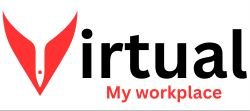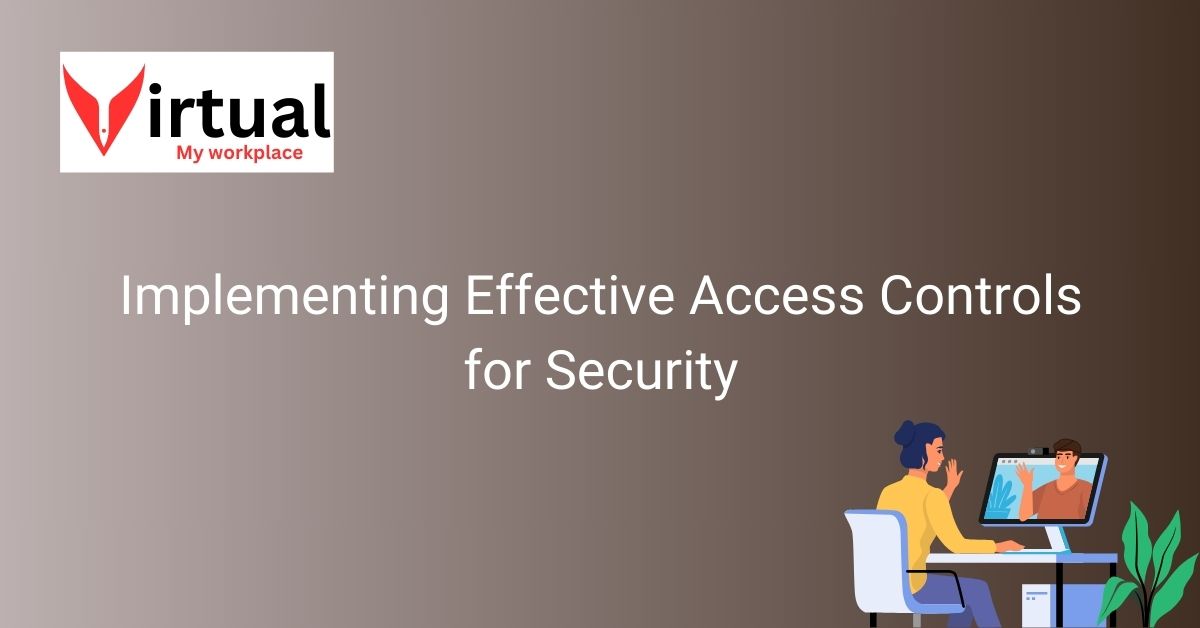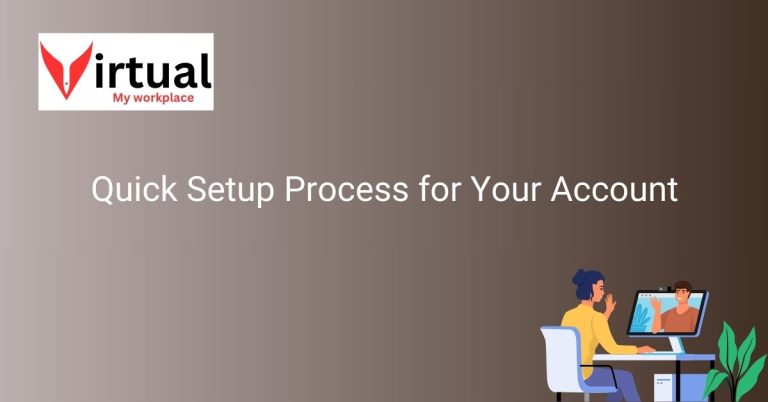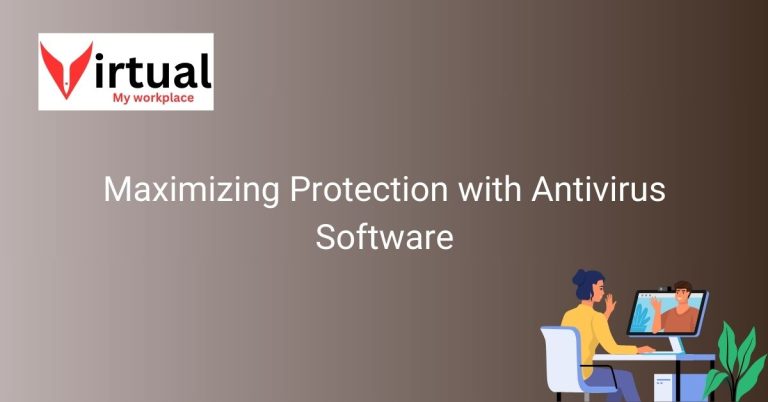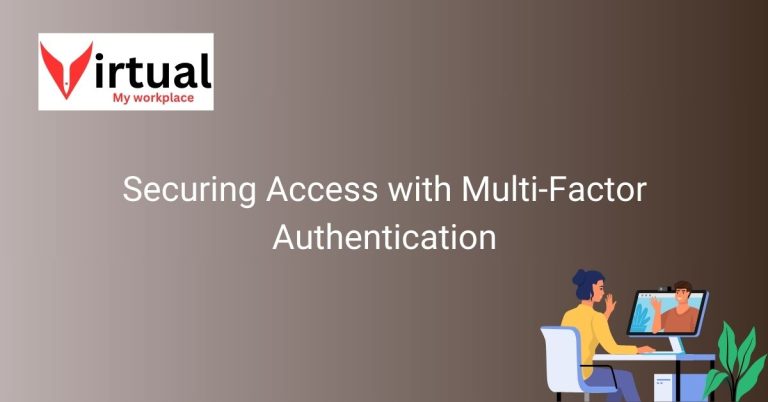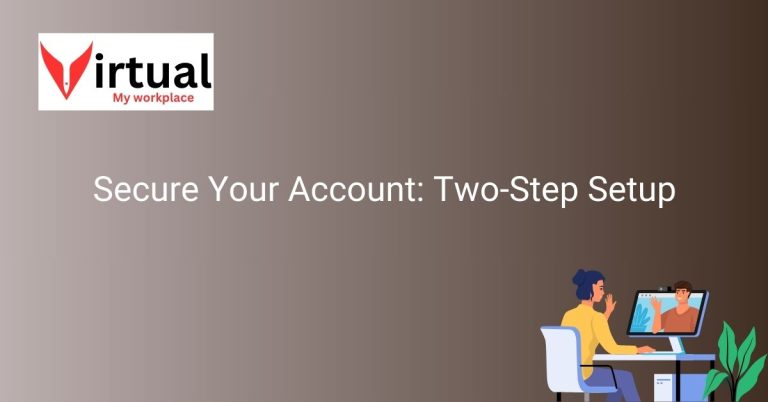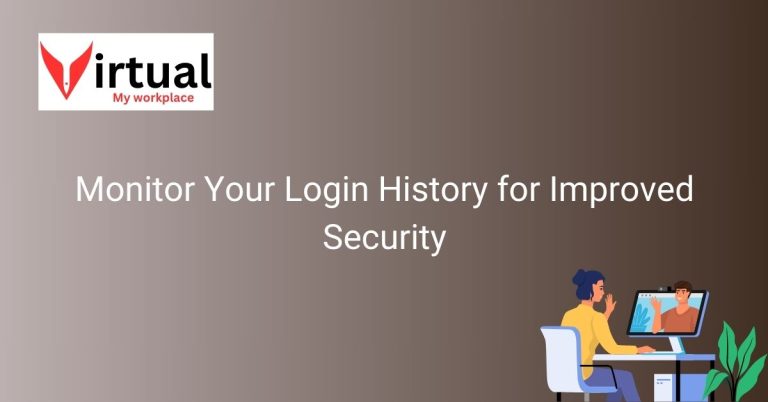Implementing Effective Access Controls for Security
Ensuring a secure environment within my virtual workplace is paramount. By implementing effective access controls, I can regulate who can access certain resources and information. This not only safeguards sensitive data but also enhances overall security measures.
With the right access controls in place, unauthorized users are prevented from entering areas they shouldn’t be in my virtual workplace. This helps in maintaining the integrity of the system and reduces the risk of potential security breaches. By understanding the importance of access controls, I can better protect my virtual workspace from potential threats.
Importance of Access Controls in Virtual Workplaces
Access controls play a crucial role in maintaining a secure environment within my virtual workplace. By regulating who has access to sensitive data and resources, I can ensure that only authorized individuals can view or manipulate information. This helps in preventing unauthorized users from compromising the integrity of my virtual workspace.
Furthermore, access controls enable me to set specific permissions and restrictions for different users, enhancing overall security measures. By implementing a robust access control system, I can effectively manage user privileges and minimize the risk of data breaches or security incidents.
Safeguarding Sensitive Data with Access Controls
One of the primary benefits of access controls in my virtual workplace is the ability to safeguard sensitive data. By limiting access to confidential information to only authorized personnel, I can prevent unauthorized individuals from viewing or modifying critical data. This ensures the confidentiality and integrity of my virtual workspace, protecting valuable assets from potential security threats.
Preventing Unauthorized Access in Virtual Workspaces
Unauthorized access is a significant concern in virtual workplaces, as it can lead to data breaches and security vulnerabilities. Access controls help in preventing unauthorized users from entering restricted areas or accessing sensitive information. By implementing stringent access control policies, I can effectively mitigate the risks associated with unauthorized access and maintain a secure virtual workspace.
Enhancing Security Measures Through Access Controls
Access controls are essential for enhancing overall security measures in my virtual workplace. By implementing multi-factor authentication, role-based access control, and other advanced security measures, I can strengthen the security posture of my virtual workspace. This not only protects sensitive data but also ensures compliance with regulatory requirements and industry best practices.
Understanding the Role of Access Controls in System Integrity
Access controls play a critical role in maintaining the integrity of my virtual workspace’s system. By regulating user access and permissions, I can prevent unauthorized changes to system configurations or data. This helps in ensuring the reliability and stability of my virtual workspace, minimizing the risk of system failures or security breaches.
Minimizing Security Breach Risks with Access Controls
Effective access controls are essential for minimizing the risks of security breaches in virtual workplaces. By implementing granular access control policies, monitoring user activities, and conducting regular security audits, I can identify and mitigate potential security vulnerabilities. This proactive approach helps in reducing the likelihood of security incidents and protecting my virtual workspace from cyber threats.
Protecting Virtual Workspaces from Potential Threats
Access controls are instrumental in protecting virtual workspaces from potential threats and security risks. By implementing access control mechanisms such as encryption, authentication, and authorization, I can secure my virtual workspace against malicious activities and unauthorized access. This proactive security posture helps in safeguarding sensitive data and ensuring the overall resilience of my virtual workspace.
Implementing Effective Access Controls for Secure Environments
Implementing effective access controls is essential for creating a secure environment within my virtual workspace. By adopting a risk-based approach to access control management, I can identify and address security gaps proactively. This helps in creating a robust security framework that aligns with the unique needs and requirements of my virtual workspace, ensuring comprehensive protection against evolving cyber threats.
Frequently Asked Questions
Get answers to commonly asked questions about implementing effective access controls for security in your virtual workspace.
What are access controls and why are they important for security?
Access controls are security measures that regulate who can access specific resources and information within a virtual workspace. They are essential for safeguarding sensitive data and preventing unauthorized users from compromising the security of the system.
How do access controls enhance overall security measures?
By implementing access controls, you can prevent unauthorized users from accessing areas they shouldn’t be in your virtual workspace. This helps maintain the integrity of the system and reduces the risk of security breaches, ultimately enhancing the overall security measures in place.
What are the different types of access controls that can be implemented?
Access controls can be categorized into various types, including role-based access control (RBAC), mandatory access control (MAC), and discretionary access control (DAC). Each type offers different levels of control and security based on specific needs and requirements.
How can access controls help in protecting sensitive data?
Access controls ensure that only authorized users have access to sensitive data within your virtual workspace. By restricting access to specific resources, you can effectively protect sensitive information from falling into the wrong hands and mitigate the risk of data breaches.
What are the common challenges faced when implementing access controls?
Some common challenges include managing access rights for a large number of users, ensuring compatibility with existing systems, and balancing security with user convenience. Overcoming these challenges requires careful planning, implementation, and ongoing monitoring of access controls.
How can businesses benefit from implementing effective access controls?
Businesses can benefit from improved security, reduced risks of data breaches, enhanced compliance with regulations, and increased operational efficiency. By implementing effective access controls, organizations can strengthen their security posture and protect their valuable assets from potential threats.
